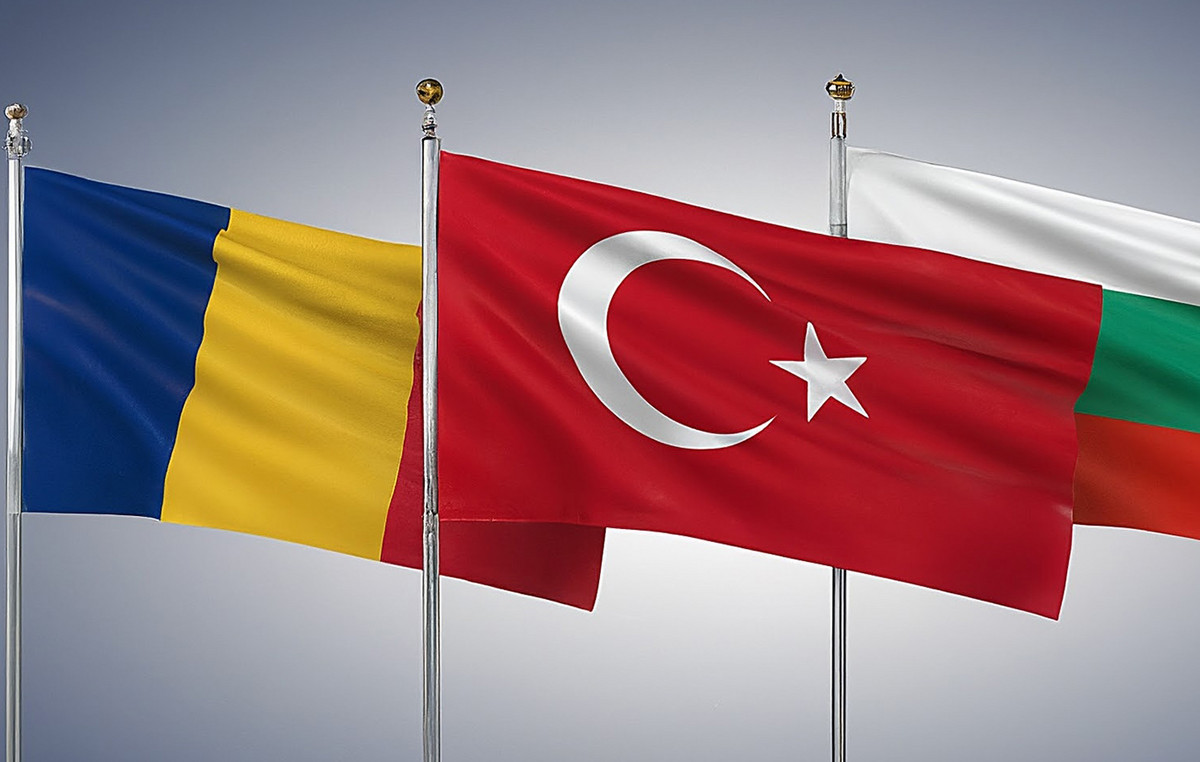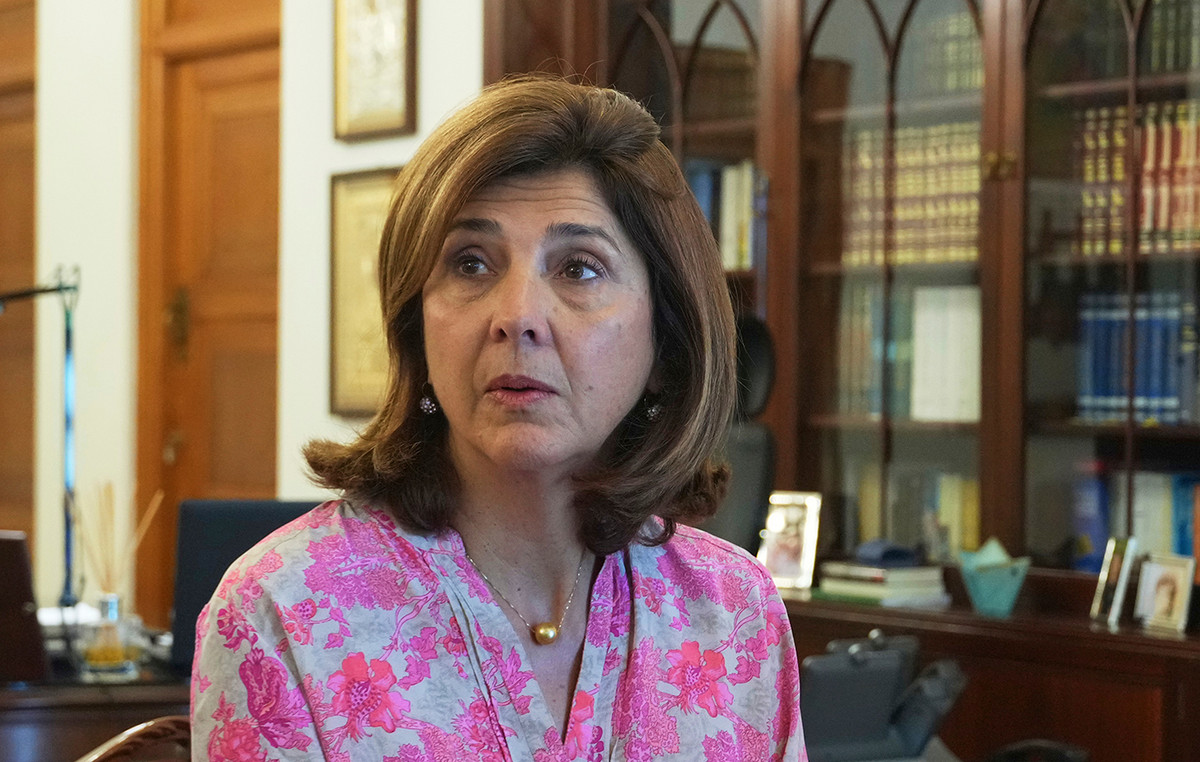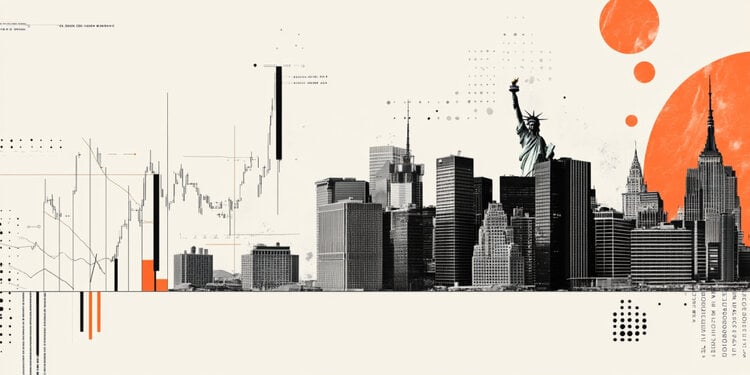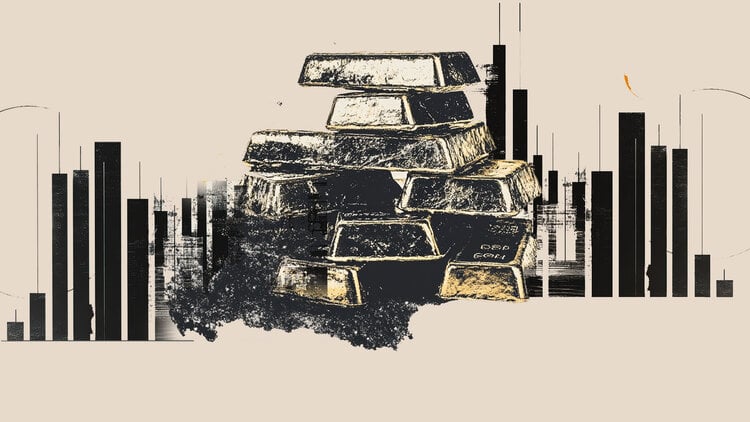Brazil was the fourth country with the highest volume of investments foreigners in the first quarter of 2022, according to data from the world’s major economies compiled by the Organization for Economic Co-operation and Development (OECD) and by the Central Bank.
The OECD report that brings the volumes invested in the first three months of the year does not bring the value that entered the Brazilian market. The OECD survey period coincides with the employee strike of central bank which delayed the release of a series of indicators, including investment.
Considering the value presented by the autarchy itself, Brazil attracted US$ 27.88 billion in foreign investments between January and March 2022. As a result, it was second only to the China (US$ 101.91 billion), United States (US$66.91 billion) and Australia (US$59.31 billion), but ahead of other OECD member countries. Mexico ranked fifth, with US$ 19.42 billion.
Also according to the organization’s data, in 2021 Brazil was also in fourth place in the global ranking, when it received US$ 50.36 billion in investments. The country trailed the United States ($382 billion), China ($334 billion) and Canada (US$ 60 billion).
The total amount attracted last year was higher than in 2020, of US$ 28 billion, but it was still lower than the pre-pandemic period, when Brazil received US$ 65.38 billion in 2019. in 2005, the year in which Brazil received the most foreign investment was in 2011, totaling US$ 97.42 billion.
Considering the proportion between foreign investments that entered a country and its Gross Domestic Product (GDP ), Brazil had the best performance among the 15 largest economies in the world.
The proportion stood at 3.1%, surpassing that of countries such as Canada (3%), China (2%), the United States (1.8%) and Japan (0.5%).
Causes
Despite the numbers being positive, the absolute data show that Brazil has been stagnant for some years in terms of attracting foreign investment, according to the specialist. CNN in economics Sergio Vale.
“We’ve been losing investment value over the last 12 years, especially since 2011, when we peaked. So, there is the scenario that we have this improvement in the ranking happening now, but it does not necessarily mean that we are in a good situation, especially when we look at it in terms of the proportion of state investments”, he points out.
Vale associates the attraction of investments in particular with the strong export of commodities, whose growing global dependence benefits exporting markets. Even so, he considers that the results are still “below our potential”.
“We could have had a much higher number of investments if we had maintained a stable pattern of growth, investment and reforms over the last few years. So it is a good result, but below what we could achieve and it is a sign that we have a lot of work to do to improve these numbers, to return to the standard of foreign direct investment that we had previously, above US$ 60 billion”, it says.
For him, the ideal to attract more investments would be for Brazil to offer investors a perspective of resuming economic stability in the coming years, especially regarding the inflation and the public debt .
“Additionally, the environmental issue will be increasingly relevant in this sense, it is necessary to have a stable standard of adequacy. Environmental issues will be important for us to be able to attract this direct investment more and more”, he opines.
Jennie Li, a strategist at XP, considers that Brazil has recently become a “TINA”, a term that translates as “there is no other alternative”, thinking about investments in global markets. “In fact, the view on foreign markets has become much more cautious than Brazil. Abroad, we have several factors that make us have this view of caution when compared to Brazil”.
Among these elements, she cites assets seen as unattractive and not very cheap, while Brazil has shares trading at multiples with a strong discount. The company’s share price and earnings ratio in the Ibovespa , for example, is at 6 times, while in the US S&P 500 index, it is at 16 times. The higher, the less discounted the shares are.
The fact that the Brazilian stock market has a strong weight in commodities and bank shares also acts as an investment attraction factor, as these are two sectors “which investors tend to look for in a scenario of high inflation and interest rates”.
There are still uncertainties about the direction of monetary policies in the United States and Europe , while Brazil is already close to the end of its cycle of high interest rates. On the international scene, Li still cites concerns about tensions between Russia and Western countries and between China and the United States, as well as concerns about the Chinese economic slowdown and the growing risks of a global economic recession.
“Of course, Brazil has its risks and problems, but relatively speaking, we are seeing more favorable winds here, and this has attracted a strong flow of foreign capital. So far in 2022, according to the latest data from B3, a balance of more than BRL 85 billion has already entered, more than double the BRL 40 billion that came in the entire year of 2021”, highlights Li.
Source: CNN Brasil
Joe Jameson, a technology journalist with over 2 years of experience, writes for top online news websites. Specializing in the field of technology, Joe provides insights into the latest advancements in the industry. Currently, he contributes to covering the world stock market.







